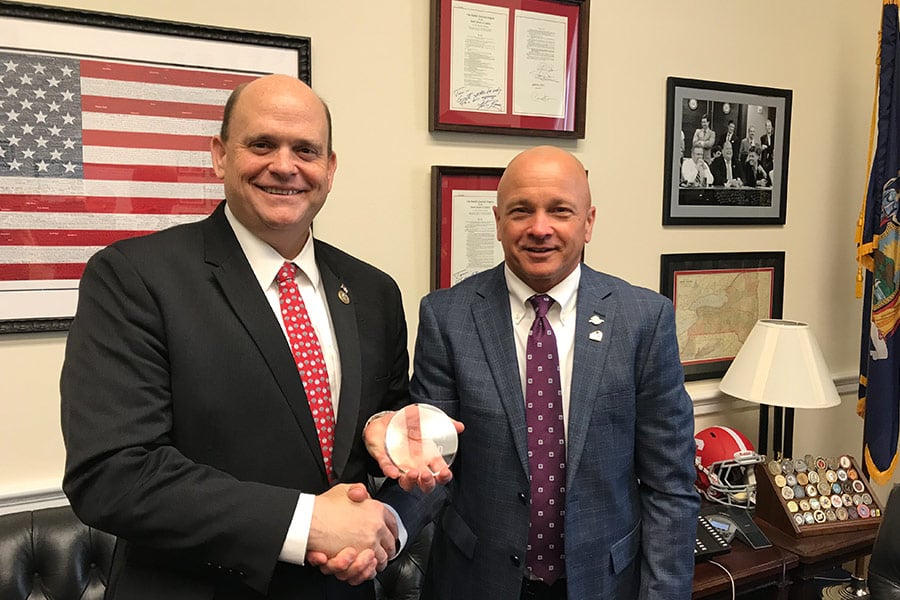*Due to the recent changes of the Inflation Reduction Act (2022), the information below is no longer completely accurate. The geothermal federal tax credit has been increased to 30% until 2032. Click here for the most recent information on the geothermal tax credit.
For residential geothermal heat pumps, there is currently a 26% U.S. federal tax credit (and a 10% tax credit for commercial geothermal heat pumps) that meet ENERGY STAR requirements. This lowers the upfront costs of a geothermal heat pump, allowing for a return on investment sooner. Flexible financing options are available for geothermal systems, too, making it even more accessible.

Common Questions About the Residential Geothermal Systems Tax Credit:
What do I need to know about the tax credit for geothermal heat pumps?
The tax credit for residential geothermal heat pumps covers the total cost of the system, which includes equipment, labor, piping, etc., for geothermal systems meeting ENERGY STAR requirements at the time of install. Note that the credit will begin phasing out at the end of 2019, following the percentages referenced in the tax credit timeline below. The credit has no cap or limitation on the number of times it can be used on a home. It's required that the home be in the U.S. and owned by a tax payer, but primary residency is not necessary.
Tax Credit Timeline
- 26% tax credit for systems placed in service from January 1, 2021 until December 31, 2022
- 22% tax credit for systems placed in service from January 1, 2023 until December 31, 2023
- The credit is up for renewal on January 1, 2024
If I installed a qualified geothermal heat pump in my existing home, can I claim the tax credit?
Yes, you can! The tax credit applies for new and existing homes installing a qualified geothermal system.
Can the geothermal heat pump tax credit combine with other energy efficient tax credits like solar?
The tax credit can be used in conjunction with other energy efficiency upgrades, like solar and wind tax credits and can be used to offset Alternative Minimum Tax (AMT). There isn't a cap or limit on the amount of times the credit can be claimed. If you have more than one home, then the credit could apply for each residence where geothermal equipment (and other energy-efficient upgrades) is installed.
Is a geothermal heat pump worth the investment without a tax credit?
Absolutely! The tax credit simply lowers the upfront cost of a geothermal heat pump. The benefits, like cost-savings on energy bills, fewer maintenance needs, improved home comfort, and more exist with or without the tax credit. Additionally, there are flexible payment plans available to assist with the upfront cost. When compared to the costs associated with a traditional HVAC system, many homeowners see more money in their wallet within the first month of install – that's with the monthly payment and energy costs combined!To learn more details about the residential geothermal tax credit, download our comprehensive guide.